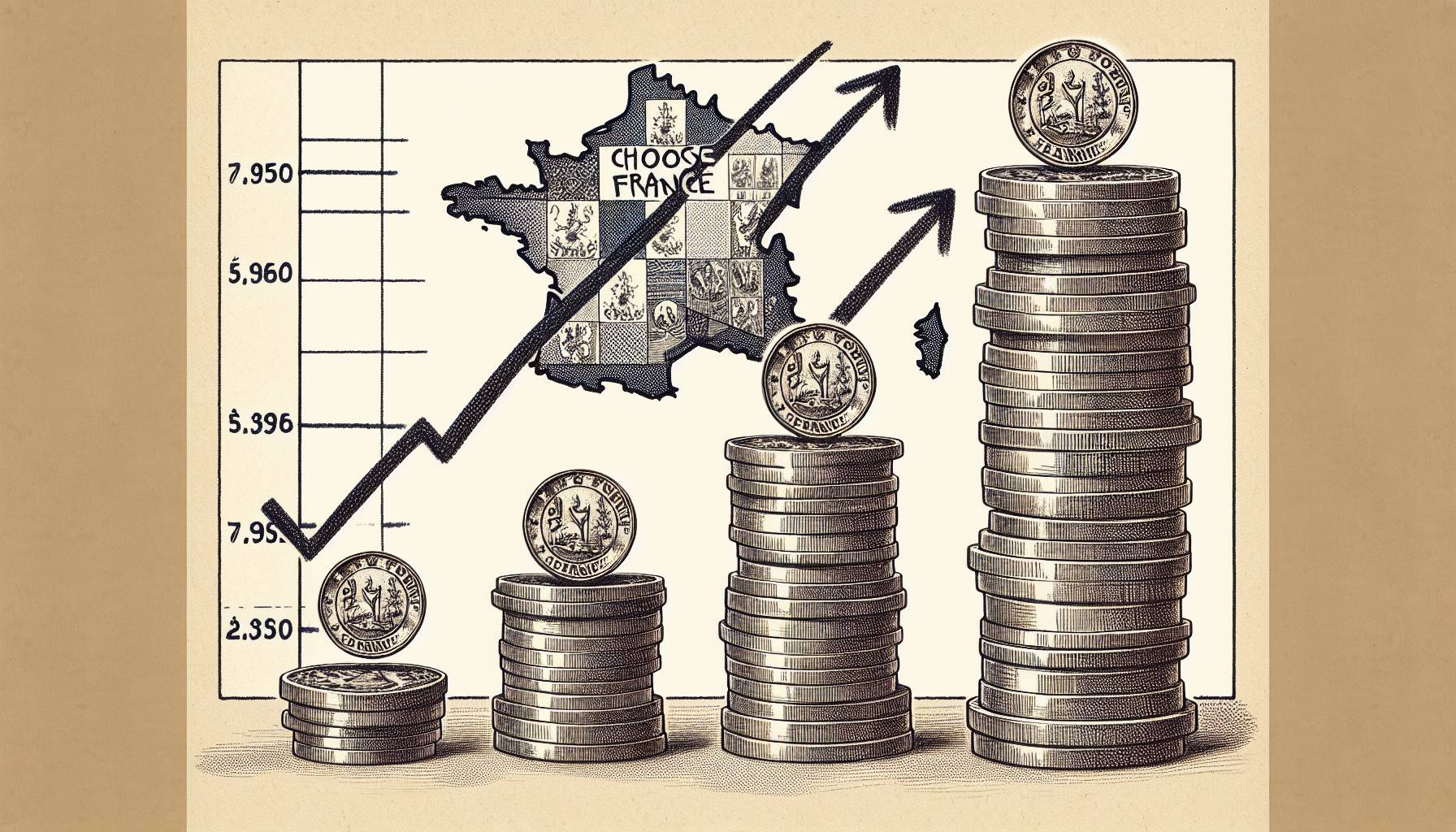April saw a major drop in emerging-market bonds and currencies owing to concerns over sustained high US interest rates and growing geopolitical tension. This represents the largest seven-month plunge in developing-nation sovereign bonds and the currency index at its lowest figure since November. High US interest rates have sparked fears of increased debt for these nations potentially causing destabilization of local economies.
Added to these concerns are increased geopolitical tensions specifically in regions like Asia and Eastern Europe which have only aggravated the situation and led to a sell-off in emerging markets. Also, currency depreciation, which could result in inflation and costly imports, has worsened the situation even further.
Post the April sell-off, financial managers undertook a review of their initial forecasts. Notably, Societe Generale SA warned of a possible onset of stagflation in the US market leading to a further downturn of emerging-market currencies and short-term bonds. A similar position was taken by MacKay Shields who cited the bolstering dollar and reassessment of the Federal Reserve rate as principal factors.
Phoenix Kalen, the head of emerging-market research at Societe Generale, expressed dissatisfaction with the market’s performance this year. Despite some optimistic signs in the fight against inflation, Kalen highlighted that central banks still face a considerable challenge managing inflation which has negatively affected emerging markets.
While recovery is possible, the pathway to it is fraught with difficulty and would require strategic adjustments and determined action from decision-makers.
US rate fears shake emerging markets
This uncertainty has led to a defensive stance in asset allocation limiting the potential for significant returns.
In April, both MSCI index for developing national currencies and the Bloomberg gauge for EM dollar bonds showed a decline. Certain markets with high susceptibility to US rates, such as Turkey, Hungary, and Latin America, are expected to bear most of the adverse effects. Equity markets also declined, potentially in anticipation of higher US interest rates.
MacKay Shields opined that the anticipated rise in EM local debt was hampered by falling currencies and decreasing rate differentials. They argue that periodic downturns should be viewed as potential entry points and emphasize the long-term potential of this asset class.
There is, however, a level of optimism in emerging markets due to high real yields, economic growth, and investment opportunities in Latin America, India, and Turkey. Provided that monetary policies and fiscal management remain vigilant, these markets will continue to show potential for growth and trade opportunities. In an increasingly global world, the growth of these markets will resonate widely with potential for major impacts.
Investors are advised to closely monitor these financial shifts factoring in elements such as inflation rates and the stock market’s performance. A strong understanding of economic indicators is essential to wise investing choices. As the global geopolitical landscape continues to evolve, it remains important to adapt and remain informed of the ever-changing economic scenarios.













